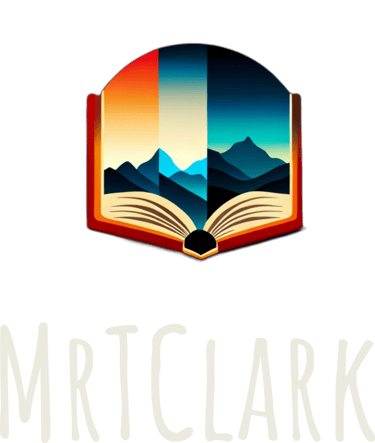Article 5: Formative Assessment in the Science Classroom: What It Is and What It Is Not
This article dives into how formative assessments in science education can be interpreted and implemented while highlighting their potential in the learning process. The author addresses multiple misconceptions of formative assessments and clarifies that they are not a singular event, but rather a continuous process. Formative assessments play a vital role in bridging the gap between a student’s initial idea about a topic and the learning objective the student should achieve. By using formative assessments in this way, educators create a metacognitive environment, as students are encouraged to reflect on their thinking. This shifts the learning from the acquisition of knowledge to a deeper understanding where scientific concepts are applied.
Assessment is complex and should involve more than simply collecting and utilizing the information gathered about each student’s learning progress. The article emphasizes the importance of feedback loops, from teacher to student, student to teacher, and among peers. This loop is needed for refining teaching strategies and enhancing student engagement and understanding. The article discusses how formative assessments exceed the usual focus on getting the right answers by creating a culture where importance is placed on the process of thinking and reasoning, and not simply being correct. This approach aligns with the emphasis the Next Generation Science Standards have placed on students constructing their explanations through a process of inquiry.
Incorporating this formative assessment strategy into the classroom requires educators to utilize assessments that, prioritize continuous feedback, are adapted based on students’ understanding, and encourage the practice of metacognition and reflection. Incorporating these strategies could meaningfully enhance students’ learning experiences by making them align more with the nature of scientific inquiry, which is a naturally repeating and exploratory process. By using assessments as a tool for learning rather than simply a measure of learning, we can promote a classroom environment that mirrors the nature of science itself; the classroom becomes a collaborative, dynamic, and inquiry driven environment. This will provide students with an opportunity to better prepare themselves to navigate, and become contributors to, the scientific community and society as a whole.
